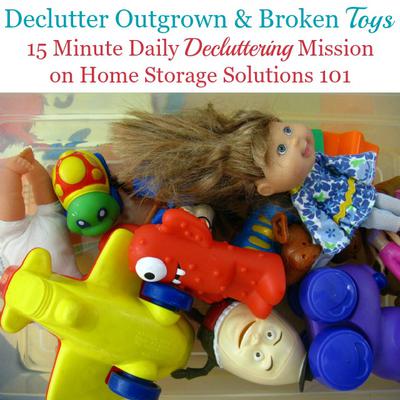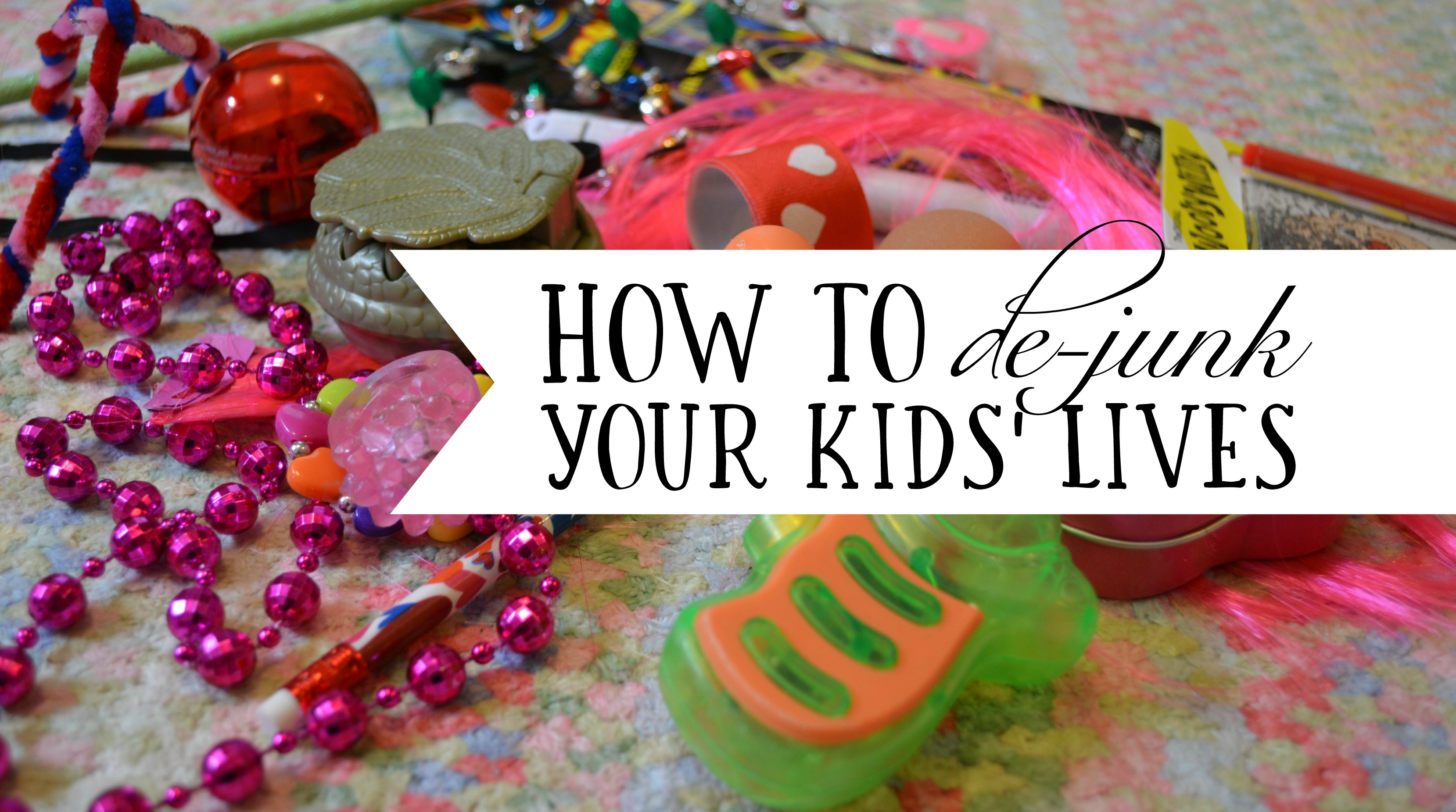


#1- It will help you see that you just might have two much of any one thing. The purpose of grouping like with like before decluttering toys is threefold: Get your kids to help if you can but literally put all the trucks with the trucks, balls with the balls, stuffies with the stuffies… you get it!Īnd don’t worry, miscellaneous can be a group! I know exactly what to do with all that stuff so keep reading or get my plan HERE Yes, sorting is not just for preschoolers, Mama! Ok, so before you can even start (and even if you can do nothing else for awhile!), it is imperative that you group like with like. However we use the term or feel about the practice, declutter is here to stay.Add me to your email list now! Before Decluttering Toys Kondo crazed? 5 tips for when decluttering becomes an OCD #decluttering #tips #declutter #packing #valetstorageĪt what point does decluttering become just being wasteful and throwing away things too early? #minimalism #declutter #realquestions Others, however, worry that too great an emphasis on decluttering can be unhealthy or wasteful. It’s so minimal but will be a great startĭecluttering is popularly used in the context of how simpler and tidier home, work, and personal lives can promote fulfillment and productivity while reducing stress and anxiety. Unsubscribe from all emails you don’t open. Monday reminder to declutter your life- start with your inbox. People use decluttering for cleaning and streamlining many aspects of their lives, from wardrobes …ĭoes this spark joy? See how you can declutter your life on 🧹✨ /ij39ym6TqB You can declutter your mind, which some life coaches have dubbed “mental minimalism.” This practice promotes living in the present, avoiding multitasking, and setting boundaries on everything from checking email and media consumption to personal relationships.
#DECLUTTER TOYS FREE#
You can declutter your calendar to have more free time or to be more efficient at work. Now, decluttering doesn’t just apply to our material belongings. It’s a Swedish practice of decluttering your home to spare others from having to do it … after you’re gone. For instance, getting notice around this time was death cleaning, or döstädning. Other trends, and words, underscore a larger fascination with decluttering in the 2010s. It was a sensation, and corresponded with a spike in online searches for decluttering.
#DECLUTTER TOYS SERIES#
Kondo’s TV series Tidying Up with Marie Kondo was released on the streaming service Netflix in January 2019-just in time for those New Year’s resolutions, including, for many, decluttering our homes. Her business boomed, and she began authoring books teaching people her “KonMari” method, a way of decluttering by categorically going through all your possessions and only keeping things that “spark joy.” Her book, published in the US as The Life-Changing Magic of Tidying Up: The Japanese Art of Decluttering and Organizing, became a bestseller when published in Japan in 2011, and in the US in 2014. The organizational consultant launched her decluttering empire in the 1990s, in her home country of Japan.
#DECLUTTER TOYS PROFESSIONAL#
By the 1990s and 2000s, books, TV shows, and even professional services all centered on decluttering our homes of unused or unwanted stuff.Įnter Marie Kondo.

In the following decades, the cultural practice of decluttering-and the value placed on a clean, orderly home-spread. In the 1940s, clutter was used in the US military for unnecessary images on a radar screen we can find declutter being used as the removal of such images in electronic displays in the 1960s. Second, as soldiers came home from war, they brought to mainstream society a lot of specialized vocabulary. First, the expansion of the US economy after World War II, a time marked by increased levels of consumption and home ownership. This use of declutter, it’s interesting to consider, may coincide with two cultural trends. In 1950, the women’s lifestyle magazine Vogue advised housewives to “de-clutter” their “living rooms.” Declutter took off in the 1950s when it was becoming increasingly applied to the domestic sphere. The earliest form of declutter found so far is decluttering, in the 1940s. Clutter is recorded in the 1500s, when it originally referred to a “clotted mass.” It evolved to mean “disorderly heap or assemblage.” So, declutter is literally the removal of clutter. Declutter joins the prefix de– (indicating “removal” or “negation”) to the word clutter.


 0 kommentar(er)
0 kommentar(er)
